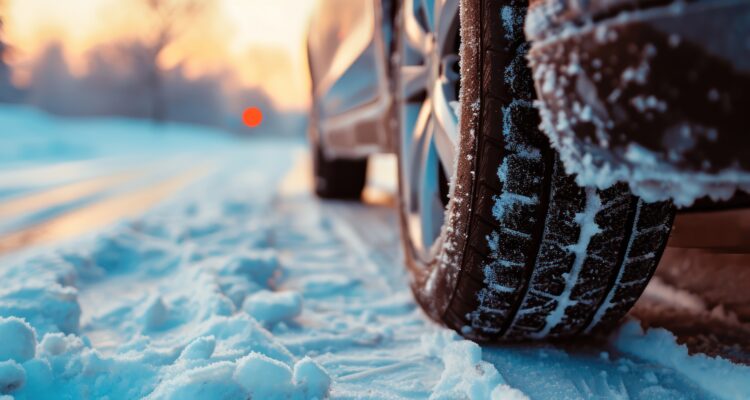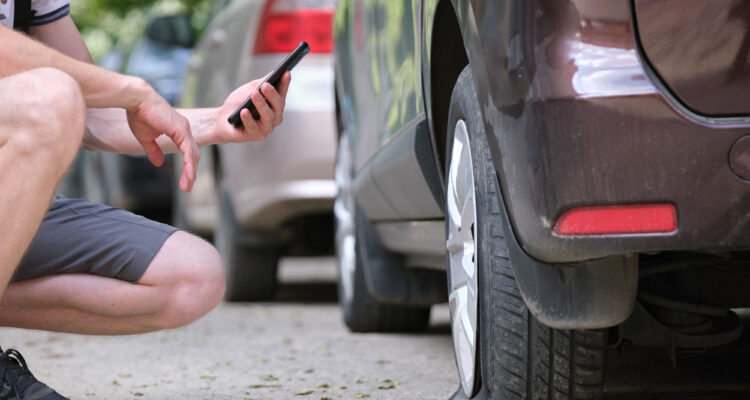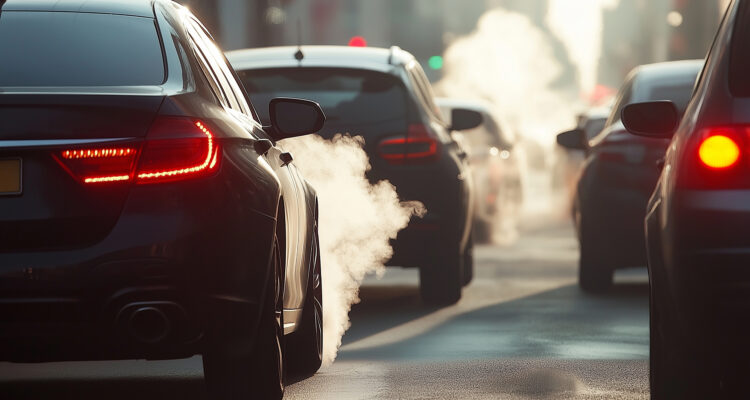As the winter season arrives, it’s important to prioritise your safety while driving on snowy and icy roads.
To help you navigate this potentially challenging time, Vavista Insurance brings you six vital tips for safe winter driving. By following these useful guidelines, you can help both your physical safety and the longevity of your vehicle.
Stay Prepared with a Winter Emergency Kit
Before heading off on any winter journey, it’s crucial to have a well-stocked emergency kit in your vehicle. Include items such as blankets, a torch, extra batteries, a first aid kit, a portable phone charger, a shovel, ice scrapers, and non-perishable snacks. Knowing you’re prepared for unexpected situations can help you stay calm if anything should happen.
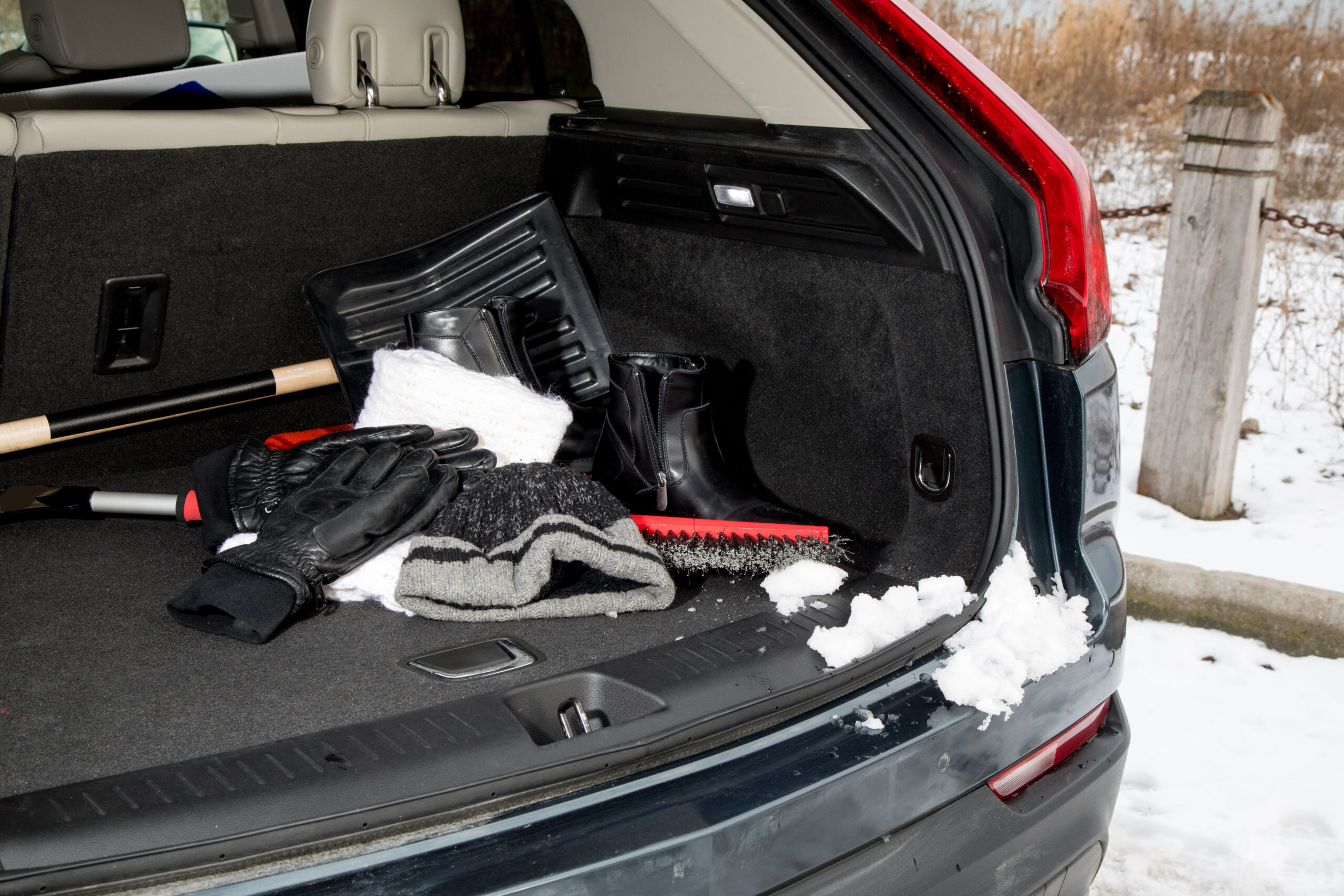
Regularly Check Your Vehicle
Regular vehicle maintenance is key to ensuring safe winter driving conditions. Keep an eye on your tires, this includes making sure they are inflated to the correct pressure. Also make sure they aren’t ‘bald’ and have an adequate amount of tread left so you are less likely to slide on slippery roads. Additionally, check your car battery, lights, wipers, and brakes are all reliable and working – to prevent any unfortunate surprises while driving in cold weather. For a great guide on how to do this, take a read of our blog on how to look after your car.
Slow Down and Increase Following Distance
Winter conditions can mean you need to adjust your driving habits to be safer. Decrease your normal speed and maintain a safe distance between you and other drivers to allow for longer stopping distances on icy or snowy roads. An easy way to maintain a safe distance in winter is to keep a minimum of 3 to 4 seconds between you and the vehicle in front. To do this:
- Pick a stationary object. When the vehicle in front of you passes this fixed point, such as a road sign or a tree, start counting “one thousand one, one thousand two, one thousand three, one thousand four.”
- Your vehicle should pass that point no sooner than four seconds after the vehicle in front of you. This allows you extra time to react and stop safely if needed.
Remember, rushing can lead to accidents, while patience can save lives. People would much rather you arrived safe and a bit late than get in an accident.
Be Mindful of Your Surroundings
Stay alert and be mindful of changing weather conditions as you drive. Check out the weather forecast before you set off, so you know what to expect.
Watch out for black ice, an almost invisible layer of ice that can cause sudden loss of control. Pay attention to signs of freezing temperatures, such as frost on road signs, and adapt your driving accordingly.
Use Your Lights
Visibility is crucial during winter driving, especially when daylight hours are shorter. Always switch on your headlights when driving in adverse weather conditions. Make sure they are clean and properly aligned for maximum visibility. Don’t forget to use your fog lights when necessary, but remember to turn them off when visibility improves. Learn more about driving in freezing fog in our comprehensive guide.
Practice Smoother Moves
Smooth and controlled movements behind the wheel are the best way to maintain your wheels grip on slippery surfaces. Avoid sudden acceleration or braking, as these actions can result in your car skidding off the road or into another vehicle. Begin your turns gently and use steady, even pressure on the accelerator or brake pedal to prevent your wheels from spinning or locking.
Even with utmost care, emergencies can still occur during winter driving. It’s crucial to know how to handle these situations. If you find yourself in a skid, gently steer in the direction you want to go and avoid slamming on the brakes. If your vehicle becomes stuck, clear away as much snow as possible from the wheels and use sand, cat litter, or traction mats to gain traction. Additionally, always have the contact information for your emergency or breakdown services readily available if you need them.
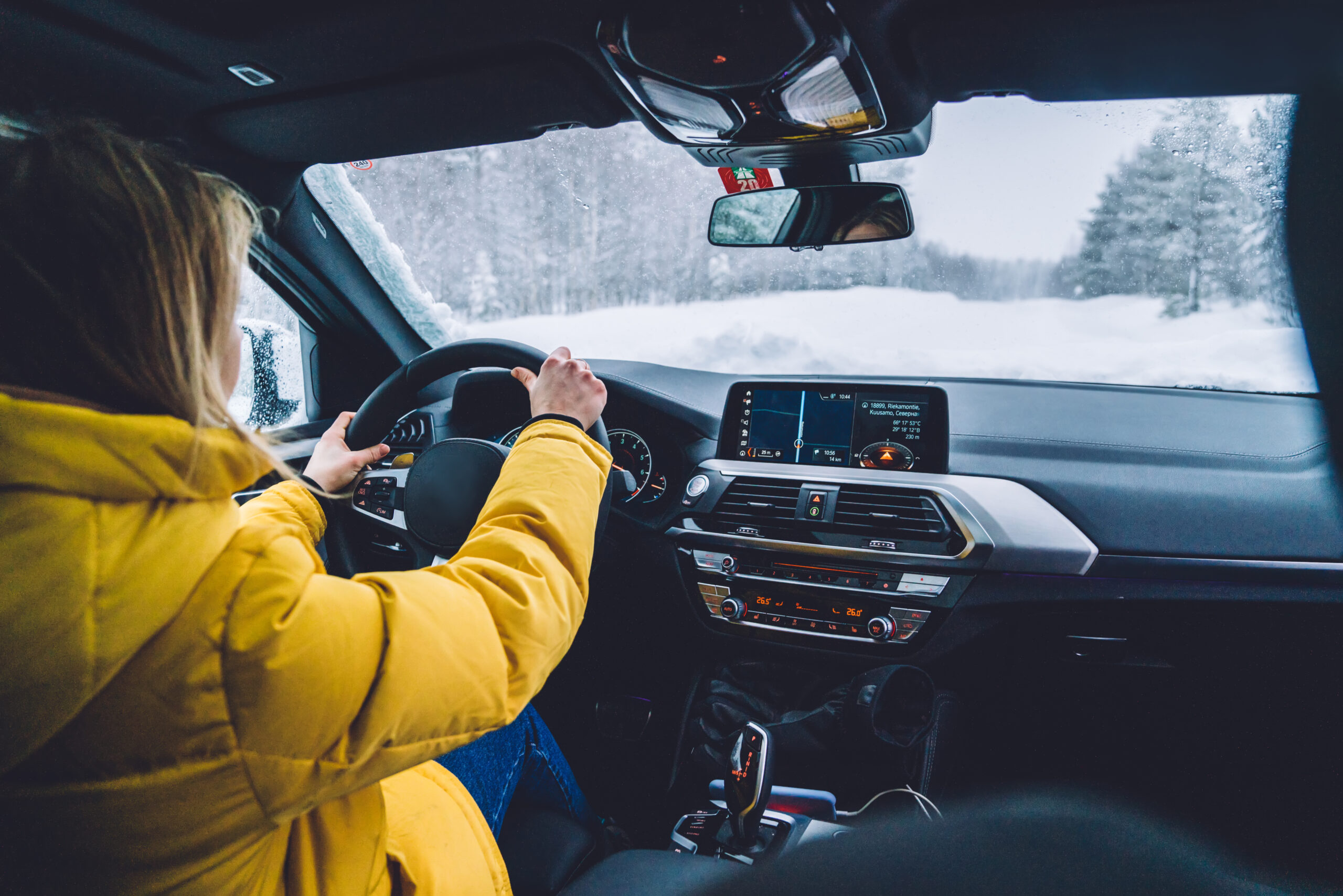
Read our informative blog on what to do if you have an accident for further guidance.
Winter driving demands heightened awareness and caution. By following these seven useful tips from Vavista Insurance, you can minimise the risks associated with winter weather conditions and ensure a safe journey for yourself and others.
